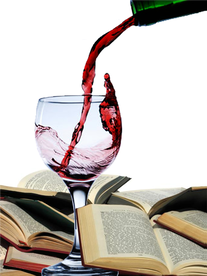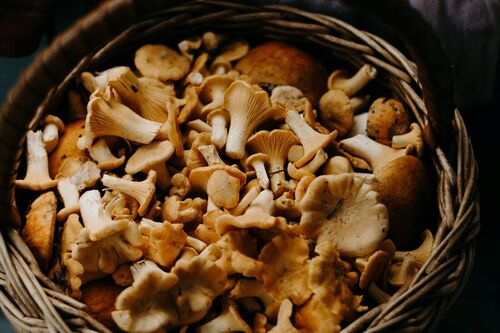 I was conducting a staff training with a group of servers, and I asked them to join in a roll-playing exercise where a manger pretended to be a guest who was looking for help in making a choice of which wine to order. The "guest" asked the server to make a recommendation on wine pairing for the dish he was panning to order - he wanted something "classic" to have with his selection, and he had the wine list open in front of him. The server thought for a second, leaned over the guest, ran her finger down the page of the wine list and stopped at a certain wine. She then declared that "she-anty" would be a great choice to have with his meal. What is the problem here? Well. to begin with, this was a server that had worked at that restaurant for nearly 10 years, and over the course of those 10 years, she had not learned the wine list. Had not learned the format of the list, the pricing schemes, and more importantly the selections on the list. There was also a lack of knowledge when it came to wine basics - in this case how to say Chianti, correctly - but also of main grapes, regions, and food and wine basics. Some of this is of course on the restaurant and their lack of focus on training efforts, but the server had also never really taken any time to learn what was on the menu; there had been a lack of commitment on her part to be fully invested in the job. This had probably worked for her and because regular guests often simply order their regular food and drinks, and she didn't have to do much other than take orders, for the most part. This only gets you so far, though, and when pressed she had no idea how to make a suggestion that made sense. The guest can read the list can probably read the list as well as she can - and certainly doesn't need a server leaning over them to read the list. And the fact that she could not pronounce a wine's name from the list shows her lack of professionalism. Here are a few quick Survival Tips to Service for understanding and mastering the wine list in your location:
This may seem like a lot, and there are certainly some service personnel that will not get this involved, but in my experience the best service staff take the time to learn the menus and understand what their restaurant has to offer. Knowing the full spectrum of options to guide a guest decision will go a long way to enhancing your ability to bring a top-level guest experience, which will translate to better gratuities.
0 Comments
 This Week's Staff Training Focus - Food and Wine Taste Interactions For those studying food and wine, especially when trying to navigate the rigors of an exam and blind tasting experience such as for WSET training - Umami is a sensation that is not easily digested. When you place food in your mouth your taste buds adapt so that the perception of the levels of sugar, salt, acidity, etc. in what you taste next can be altered. An extreme example of this is the unpleasantly acidic taste of orange juice just after you brush your teeth. Similarly, chocolate and thick creamy dishes have mouth-coating effect that can impair the sense of taste. There are two components in food that tend to make wines taste ‘harder’ (more astringent and bitter, more acidic, less sweet and less fruity). These are sweetness and umami. There are also two components in food that can make a wine taste ‘softer’ (less astringent and bitter, less acidic, sweeter, and more fruity). These are salt and acid. Lets focus on one of these components…UMAMI What is Umami? Umami is a taste, and is distinct from other primary tastes (sweet, salt, sour, bitter), but is hard to identify sometimes when other components are present – which is often. Umami is essentially the savory side of taste, and is most present in foods that have been aged (parmesan cheese, cured meats, soy sauce), have certain kinds of sodium (MSG), or have earthy flavors (mushrooms, especially when cooked). It is also present in wines that have been aged over time, especially those aged in wood, such as Chianti, Rioja, Ports, and older Cabernet based wines. Umami foods low in salt, such as asparagus, eggs and mushrooms, tend to be a challenge when pairing to wines. Conversely, foods with umami and salt, such as cured or smoked seafood or meats and hard cheeses, tend to work better with wines. Umami...
Generally, food has more impact on the way a wine will taste than the other way around.
As an example of how this interaction and perception can work in different ways: I remember a dish I once had that was an omelet filled with smoked salmon and brie cheese – which we enjoyed with a bottle of Chianti Classico. Not the first thing you may think to drink with that dish, but the pairing worked incredibly well. The dish, which had three umami rich components, was able to off-set the tannin in the wine and allow the fruit to come out. It was such a good pairing, I still remember the experience 25 years later. |
ABOUT THE Author
Brian Mitchell runs The New England Wine Academy, and is responsible for the content of this blog. With 30 years of drinks industry experience, Brian has learned a few things, but everyday he is learning more. This blog helps to bring that knowledge to you. Archives
July 2024
Categories
All
|
Copyright 2018 > 2024 by New England Wine Academy, LLC
we advocate making responsible decisions
we advocate making responsible decisions

 RSS Feed
RSS Feed
